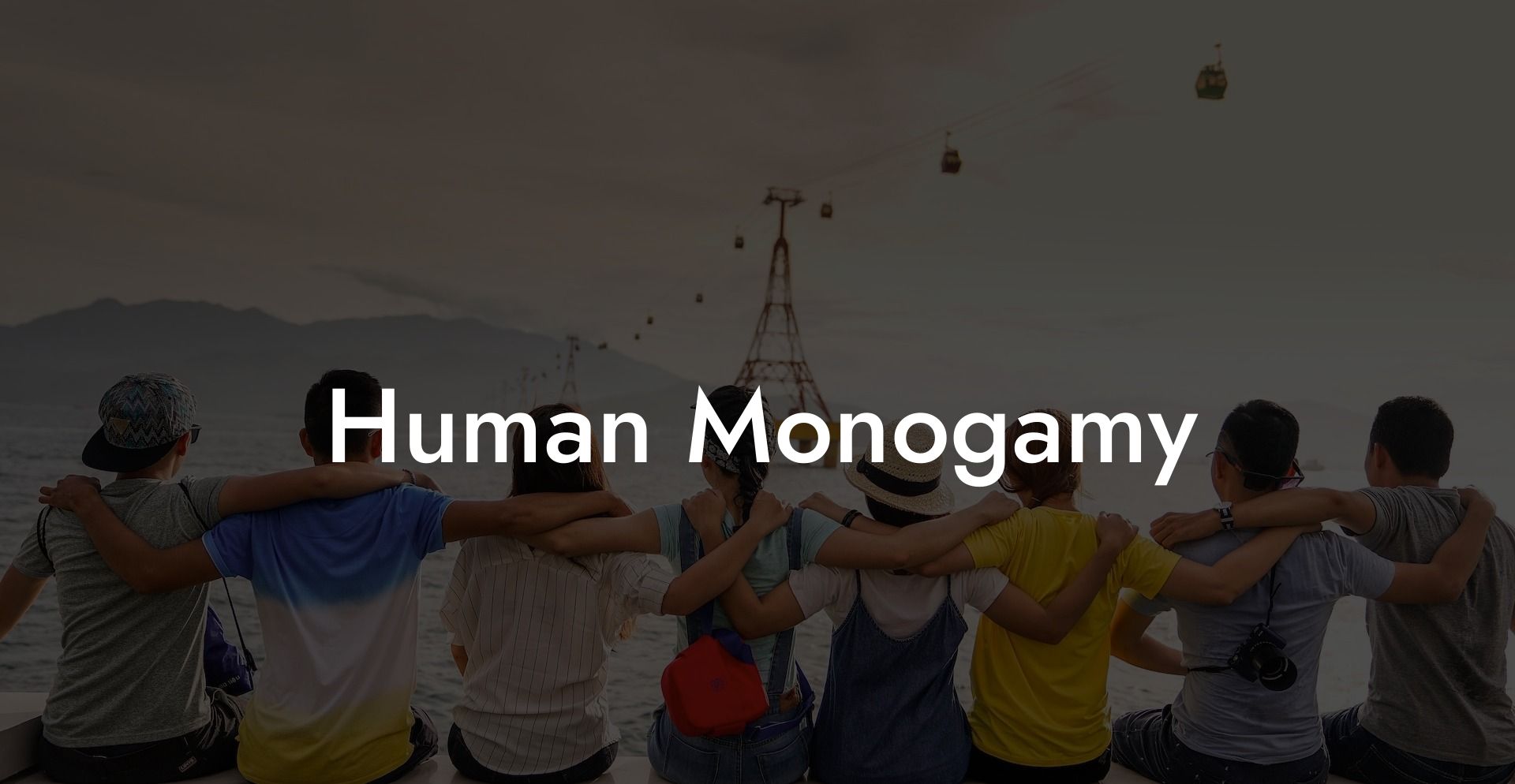When it comes to relationships, monogamy is often viewed as the default setting. It's a widely accepted societal norm across cultures, and for many, the expectation of a committed, exclusive bond seems only natural. However, the world of relationships is not one-size-fits-all, and the question remains: is human monogamy an inherent biological imperative or a learned cultural construct? In this article, we will delve into the science behind monogamy, explore the evolution of this behavior in humans, and discuss its purpose as part of our ongoing quest for love, intimacy, and fulfillment. So join us as we embark on a fascinating journey through human monogamy and its implications on modern relationships.
Human Monogamy Table of Contents
Monogamy is defined as a long-term, exclusive bond between two individuals. It differs from its counterpart, polyamory, which embraces multiple relationships simultaneously. To understand human monogamy, we first need to examine its scientific underpinnings.
From a biological standpoint, humans are considered a mildly polygynous species, meaning that one male often mates with multiple females, though both monogamy and polygyny coexist in human populations. Research suggests that monogamous behavior in humans is driven by various factors, including genetics, hormones, and brain structure.
Genetic studies have identified specific genes linked to monogamous behavior, such as the vasopressin receptor gene. This gene is associated with pair-bond formation and attachment in monogamous animals. Additionally, studies have revealed that the hormone oxytocin plays a crucial role in the social bonding process. Oxytocin levels increase during physical touch, such as hugging, holding hands, and sexual activity, reinforcing feelings of attachment and trust.
The brain structure also plays a role in guiding monogamous tendencies. MRI scans have shown that monogamous couples have distinctive brain activity patterns, particularly in regions associated with reward and pleasure. These findings suggest that monogamy may be partially hardwired in our brains.
On the other hand, the evolution of human monogamy remains a topic of debate among anthropologists and evolutionary biologists. Some theories propose that monogamy evolved as a result of the human need for cooperative breeding and resource sharing. As human infants are born highly dependent and require extensive care, a monogamous partnership may have provided a more feasible arrangement for child-rearing and survival.
Another theory suggests that monogamy evolved to prevent infanticide by rival males. In this scenario, a male who is exclusively committed to one female ensures that he is the father of her offspring, making it less likely for rival males to kill the infants.
Lastly, monogamy may also serve a social purpose. As human societies became more complex, establishing monogamous relationships could have functioned as a means of forming alliances, maintaining social order, and streamlining inheritance and property rights.
Human Monogamy Example
Meet Jess and Mark, a thirty-something couple who have been in a monogamous relationship for five years. They appreciate the security, trust, and deep connection they have built over time, having worked through their challenges with open communication and empathy. Their biological predispositions and social upbringing may have led them to choose monogamy as their relationship framework. It doesn't make their choice better or worse than others, nor does it claim exclusivity in fostering love and intimacy.
In conclusion, human monogamy is a complex interplay of biology, evolution, and culture. It is one among many relationship approaches, and its suitability depends on individual needs and preferences. Ultimately, a healthy relationship – monogamous or otherwise – is one that fosters trust, respect, and fulfillment. As you continue to explore the world of relationships, we invite you to read more of our guides at The Monogamy Experiment. Remember to share your thoughts and insights, and together let's delve into the complexity of human connections.













